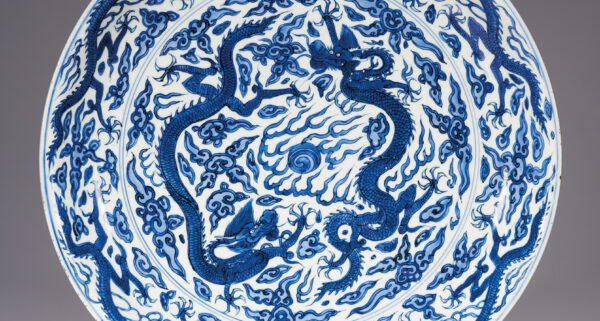The dragon is undoubtedly the best-known symbol representing Chinese culture and folklore. But what is its origin? And what is the nature of the dragon? And when and where should we be looking for dragons? And why are there so many varieties?
With this illustrated talk by Chinese Art writer and researcher Patricia Bjaaland Welch, we will discover the many myths and truths that surround the dragon in Chinese history and art.
This event is part of our new Dragons, Dragons, Dragons exhibition programme and in celebration of the Year of the Dragon. This talk is suitable for experts and non-experts alike – so whether you are an East Asian Art connoisseur, or just a dragon enthusiast, we hope to see you there!
Patricia Bjaaland Welch is a former University lecturer in Chinese religion, philosophy and art, and has been a docent for over two decades in prominent Asian art museums in Boston, Bangkok and Singapore. Despite leaving academia for the private business world two decades ago, she remained passionate about Asian art and continued studying, collecting and writing on the subject. Today, she has returned full-time to the field, and is a frequent speaker on subjects relating to Chinese art and history. She is the author of five published books and dozens of articles, including a book on Chinese New Year traditions for Oxford University Press, and Chinese Art: A Guide to Motifs and Visual Imagery for Tuttle. She has been a Singapore resident since 1995.

